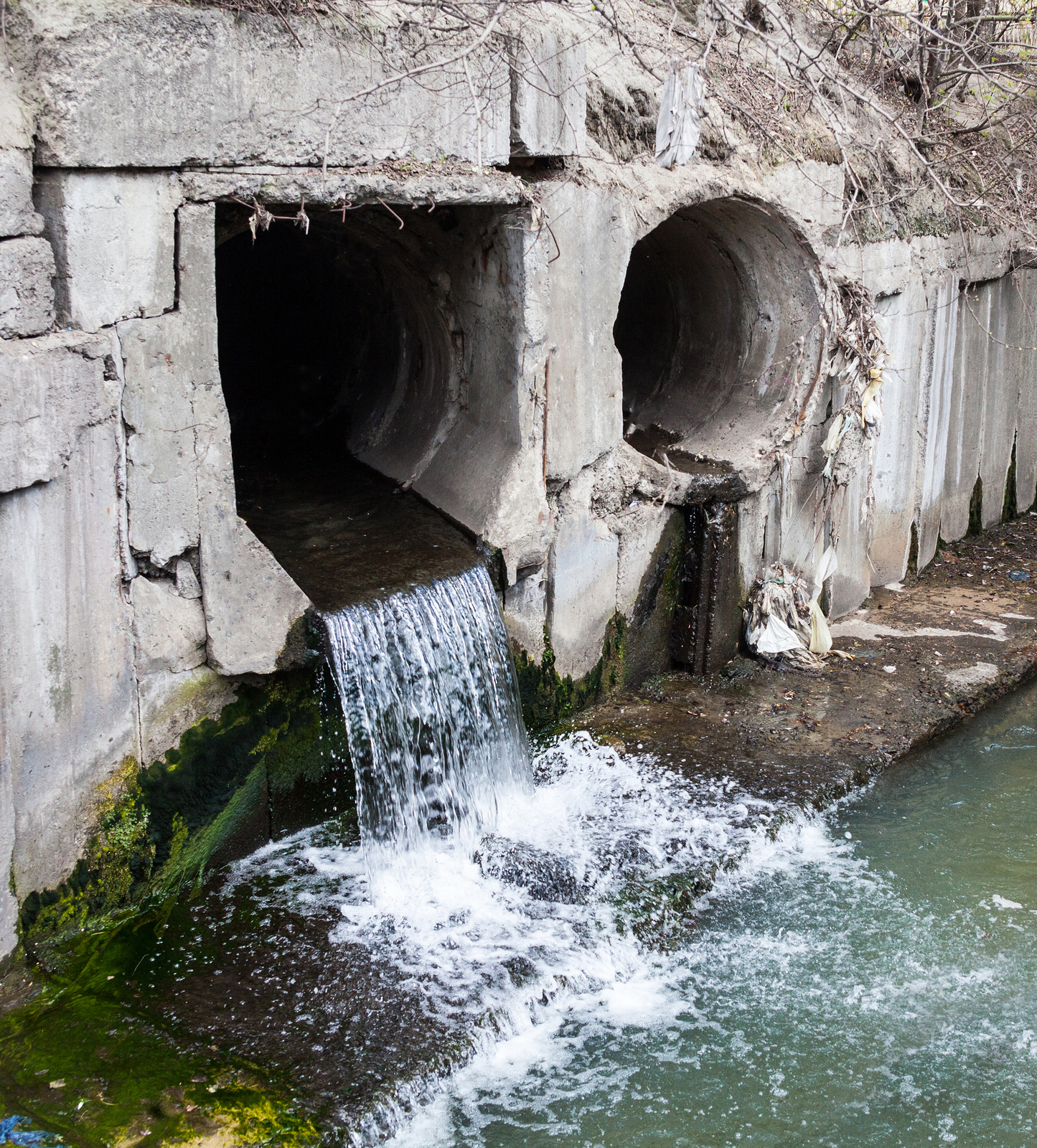| 1 | 2 | |
|---|---|---|
Program Contacts |
||
| Bryan Lynch, REHS Program Manager 216.201.2000 ext 1263 blynch@ccbh.net |
Megan Symanski MA, REHS Supervisor 216.201.2000 ext 1248 msymanski@ccbh.net |
|

A combined sewer is designed to transport both stormwater and sewage in the same pipe. Normally, all of this wastewater and rainwater flows together to a wastewater treatment plant, where it is treated and released back into the environment. However, during times of heavy rainfall or snow melt, the capacity of the combined sewer system may be exceeded, causing untreated wastewater and stormwater to be released into a stream, river, or lake through a combined sewer overflow (CSO).
Many large cities, like Cleveland, still utilize combined sewers that were installed many years ago. When these sewers overflow into our local water bodies, they can cause significant water pollution and lead to beach closings.
Local CSO Notifications
Northeast Ohio Regional Sewer District
Main number – 216.881.6600
Customer Service – 216.881.8247
City of Euclid
Laura Travers
216.289.8188
Ltravers@cityofeuclid.com
City of Lakewood
Engineering & Construction
216.529.6692
engineering@lakewoodoh.net
For more information:
Ohio Environmental Protection Agency
United States Environmental Protection Agency



